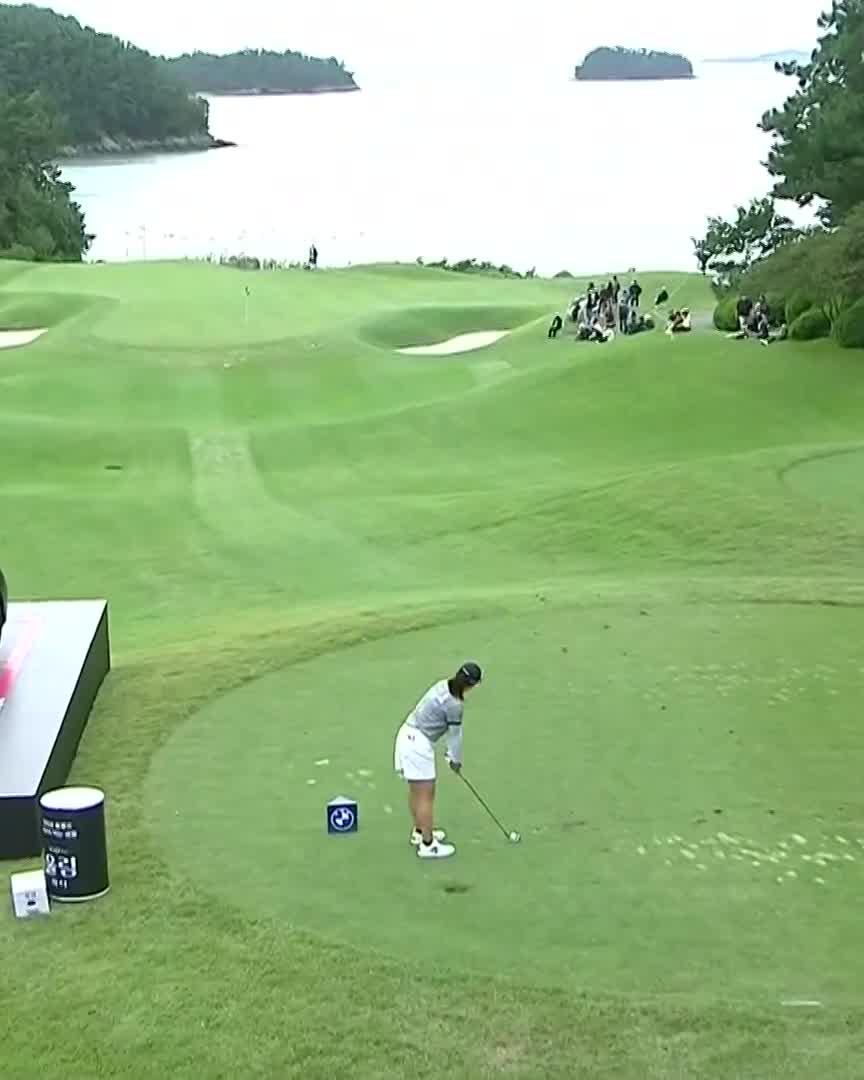LPGA highlights a clinical birdie from Rio Takeda at the eighth, moving her to 10-under. We break down why the sequence is so effective.
On October 17, 2025, the LPGA shared a clip of Rio Takeda converting a “textbook” birdie at the eighth to reach 10-under par. It’s the kind of tidy, low-drama scoring moment that often separates a solid round from a truly competitive one on the LPGA Tour.
While the video keeps the focus on the finish, the takeaway for golfers is clear: birdies like this are built on disciplined decisions and reliable execution. From choosing a conservative target to leaving an uphill, makeable putt, Takeda’s sequence embodies the fundamentals that travel week to week.
What Rio Takeda’s textbook birdie tells us
“Textbook” in this context is less about flair and more about percentages. The best players stack small edges: play to the fat of the green, control spin to the proper tier, and prioritize speed control on the first putt. When the pre-shot plan matches the leave, short putts look routine—and routine birdies are how low numbers happen.
For advanced amateurs and club players, the lesson is transferable: commit to a clear target, choose a shot shape you own, and make the next stroke as simple as possible. Whether the approach finished pin-high or slightly below the hole, the key is that Takeda’s putt was one she expected to make. Expectations that match skill and leave are a powerful scoring engine.
Why 10-under matters on the LPGA
Getting to 10-under—whether for the tournament or within a hot stretch—is a psychological milestone. It reframes the round from “building” to “protecting and pouncing.” Players at this number are typically managing two priorities: maintaining stress-free pars and capitalizing on the handful of green-light chances that remain. That balance is where leaders separate.
For the field, a moment like this is a signal: someone has the pace of the course. On many LPGA setups, 10-under across the opening half of a tournament places a player squarely in contention and shapes how groups behind choose lines and strategies. Even without a leaderboard snapshot, Takeda’s birdie at the eighth suggests she’s in full control of her scoring windows.
What to watch next for Rio Takeda
Momentum on the LPGA is as much about patience as it is about fireworks. If Takeda keeps finding the center of greens and leaving uphill putts, more chances will come. Watch for three markers of sustained form: steady tee-ball patterns (eliminating the big miss), wedge yardage control inside 120 meters, and first-putt speed that dies around the hole. If those hold, the card tends to stay clean—and the birdie count climbs without forcing it.
For fans, the clip is a neat snapshot of why this tour rewards precision. For players, it’s a reminder that the most reliable way to chase red numbers is to keep the game boring from good positions. Takeda’s birdie at the eighth is exactly that: composed, clinical, and built on the right habits.
